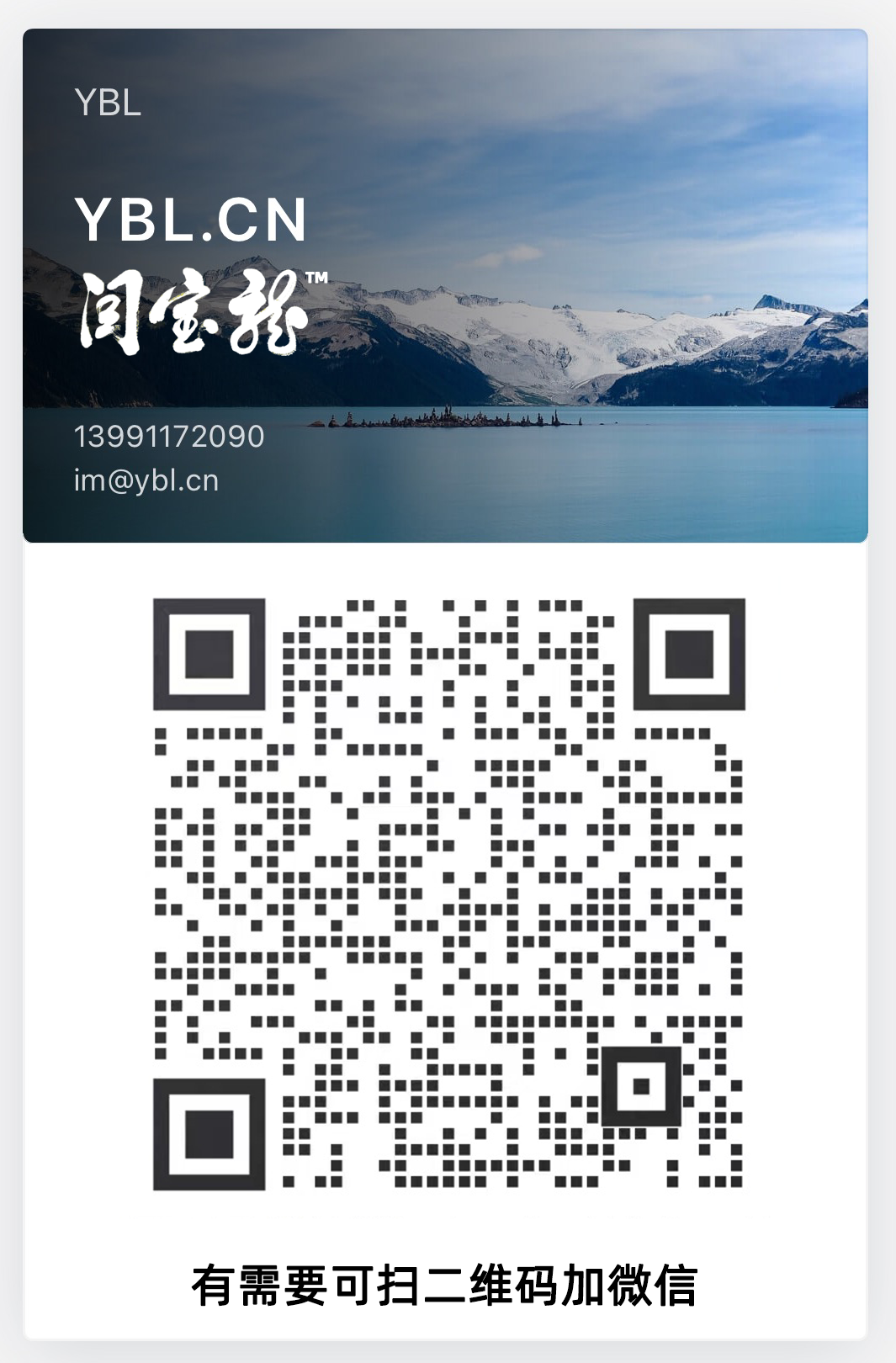闫宝龙SEM博客
闫宝龙

当前位置:首页 » 网络营销 » 正文
-
In the fast-paced world of international trade, effective communication is crucial for the success of any business. English, being the lingua franca of global commerce, plays a pivotal role in facilitating trade between countries. This article delves into the intricacies of writing English外贸邮件, offering insights and best practices to ensure clear, concise, and professional communication in the realm of international business.
The first step in crafting an effective English外贸邮件 is to understand the purpose of the email. Whether it's to inquire about product specifications, request a quote, follow up on a previous conversation, or establish a business relationship, the objective should be clearly defined. This clarity will guide the structure and tone of the email.
Subject Line: The subject line is the first thing recipients see, so it should be catchy, informative, and relevant to the content of the email. Avoid vague subjects like "Hello" or "Question," as they fail to convey the email's purpose. Instead, use specific keywords that highlight the email's intent, such as "Request for Product Spec Sheets" or "Follow-up on Quote for Widget XYZ."
Salutation: Begin with a formal salutation that addresses the recipient appropriately. If you know their name, use "Dear [Name]" or "Hello [Name]." If not, "Dear Sir/Madam" or "To Whom It May Concern" are acceptable alternatives. Remember, the tone should be professional and respectful.
Introduction: In the opening paragraph, briefly introduce yourself and state the purpose of the email. This sets the stage for the rest of the message. For example, "I hope this email finds you well. My name is [Your Name], and I am reaching out to inquire about the specifications of your latest model of Widget XYZ."
Body of the Email: The body of the email should be structured logically, with clear headings or bullet points if necessary. Each paragraph should focus on a single point or topic. Here are some key elements to include:
- Specific Details: Provide all the necessary details regarding your inquiry or request. Be precise and avoid ambiguity. For instance, mention the product model, quantity, delivery requirements, and any other relevant information. - Attachments: If you are sending documents or files, mention them in the email and provide a brief description. For example, "Please find attached the product catalog and technical specifications for your reference." - Questions: If you have any questions, be clear and concise. Avoid asking multiple unrelated questions in one email. For example, "Could you please clarify the warranty period for your Widget XYZ?" - Follow-up: If you expect a response within a certain timeframe, mention it. For example, "I look forward to hearing from you by the end of the week."
Closing: Conclude the email with a polite closing statement and your contact information. Thank the recipient for their time and consideration. For example, "Thank you for your attention to this matter. I am looking forward to your prompt response. Please feel free to contact me at [Your Email Address] or [Your Phone Number]."
Formal Sign-off: Use a formal sign-off, such as "Sincerely," "Best regards," or "Kind regards," followed by your name. This reinforces the professional tone of the email.
Proofreading: Before sending the email, proofread it carefully to ensure there are no spelling or grammatical errors. Such mistakes can undermine your professionalism and credibility.
Language and Tone: Use a clear, concise, and polite tone throughout the email. Avoid slang, jargon, and overly casual language, as these can be perceived as unprofessional. Additionally, be mindful of cultural differences in communication styles and preferences.
Follow-up: If you do not receive a response within the expected timeframe, it is appropriate to send a polite follow-up email. However, be cautious not to appear overly aggressive or impatient.
In conclusion, writing effective English外贸邮件 is essential for successful international trade. By following these best practices, you can ensure clear, concise, and professional communication that fosters strong business relationships and drives your trade operations forward. Remember, the key to successful email communication lies in understanding the purpose, structuring the content appropriately, and maintaining a professional tone throughout.
来源:闫宝龙博客(微信/QQ号:18097696),有任何问题请及时联系!
版权声明1,本站转载作品(包括论坛内容)出于传递更多信息之目的,不承担任何法律责任,如有侵权请联系管理员删除。2,本站原创作品转载须注明“稿件来源”否则禁止转载! -
<< 上一篇 下一篇 >>
Efficient English外贸邮件撰写技巧指南
190 人参与 2025年03月03日 18:40 分类 : 网络营销 评论
搜索
最近发表
标签列表
-
- 西安抖音seo (138)
- 抖音seo搜索排名 (135)
- 抖音seo搜索 (133)
- seo抖音排名 (135)
- 抖音seo系统 (133)
- 抖音关键词seo (133)
- 抖音Seo推广 (138)
- 抖音seo排名 (133)
- 抖音SEO排名系统 (135)
- 抖音seo获客系统 (136)
- 抖音seo专业优化 (135)
- 抖音seo运营 (137)
- seo抖音搜索排名 (134)
- 抖音seo优化 (131)
- 抖音seo优化排名 (133)
- 抖音SEO优化关键词 (136)
- 抖音seo基本优化 (135)
- 抖音seo公司 (136)
- 抖音seo怎么做 (137)
- 抖音矩阵seo (136)
- 抖音seo核心 (108)
- 制作抖音SEO (110)
- 如何做抖音seo工厂 (108)
- 抖音小程序 (7)
- 小程序商城开发 (7)



 微信扫一扫,打赏作者吧~
微信扫一扫,打赏作者吧~



